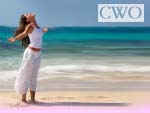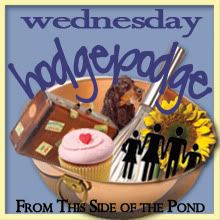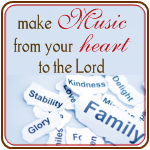We are nearing the end of the April A-Z Blog Challenge and I have really enjoyed being part of it and the Unconventional Alliance. I have visited some really great blog posts during the month. Today in keeping with my theme of travel I am taking you to Washington State. I was fortunate enough to have been a National Endowment of the Humanities fellow one summer and was able to attend school at Whitman College in Walla Walla, WA for several weeks. During my stint in Washington I was able to see a good bit of the state during weekend travels that some of my classmates and I took. It is a beautiful place and I hope someday I get the chance to go back and see it again. Washington is a state in the Pacific Northwest region of the United States located north of Oregon, west of Idaho, and south of the Canadian province of British Columbia on the coast of the Pacific Ocean. Named after George Washington, the first President of the United States, the state was made out of the western part of the Washington Territory which had been ceded by Britain in 1846 by the Oregon Treaty as a settlement of the Oregon Boundary Dispute. It was admitted to the Union as the 42nd state in 1889. Washington is the 18th most extensive and the 13th most populous of the 50 United States. Approximately 60 percent of Washington's residents live in the Seattle metropolitan area, the center of transportation, business, and industry along the Puget Sound region of the Salish Sea, an inlet of the Pacific consisting of numerous islands, deep fjords, and bays carved out by glaciers. The remainder of the state consists of deep rainforests in the west, mountain ranges in the west, central, northeast and far southeast, and a semi-arid basin region in the east, central, and south, given over to intensive agriculture. After California, Washington is the second most populous state on the West Coast and in the Western United States. Washington is a leading lumber producer. Its rugged surface is rich in stands of Douglas fir, hemlock, ponderosa and white pine, spruce, larch, and cedar. The state is the biggest producer of apples, hops, pears, red raspberries, spearmint oil, and sweet cherries, and ranks high in the production of apricots, asparagus, dry edible peas, grapes, lentils, peppermint oil, and potatoes. Livestock and livestock products make important contributions to total farm revenue and the commercial fishing catch of salmon, halibut, and bottomfish makes a significant contribution to the state's economy.Manufacturing industries in Washington include aircraft and missiles, shipbuilding and other transportation equipment, lumber, food processing, metals and metal products, chemicals, and machinery. Washington has over 1,000 dams, including the Grand Coulee Dam, built for a variety of purposes including irrigation, power, flood control, and water storage. Although its official, unambiguous name is "The State of Washington," the state's name is often reversed and referred to as "Washington state" to distinguish it from Washington, D.C., also named for George Washington. Another nickname is "the Evergreen State." Its largest city is Seattle, situated in the west, followed by Spokane, located in the east, and its capital is Olympia. I whitewater rafted(nearly drowned) while I was there, I saw Salmon swim upstream (pretty amazing), I saw the Colombia River and watched speed boat races, went to Pikes Market(watched them throw fish from the boats to the market), climbed Mt. Ranier, saw Mt. St. Helen, went up in the space needle (big feat for someone who is severely claustrophobic), ate Walla Walla Sweets(onions that are to die for), ate salmon cooked on an open fire, met some amazing people, attended an amazing church, and visited L'ecole winery. I saw waterfalls, forests, and nature at its finest. We packed a lot of sightseeing in a few weekends. I loved this place and could so see myself living somewhere other than Seattle.
Subscribe to:
Post Comments (Atom)




















































No comments:
Post a Comment